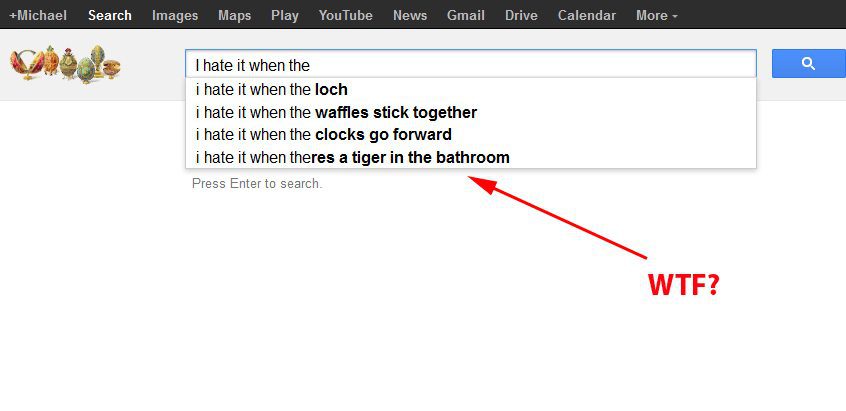If you’re doing your own content marketing, or are paying attention to your SEO at all, you’ve probably heard the phrase long-tail keyword. It’s the biggest advice every content and SEO “guru” gives about content creation.
If you haven’t heard it yet, you’re lucky, because your introduction comes with an explanation. You’re welcome!
Contents
Long-Tail Keywords Get You Found
Here’s the first thing you need to know: long-tail keywords are the most effective way to target an audience and build a strong SEO base. When your potential clients start searching Google at the beginning of your buy cycle, they don’t just type in a single word. They’ve usually got a question.

When you answer those questions, you get leads. That’s the magic of Google.
This Is Not A License To Create Crap
There is no worse thing you can do for your SEO than write bad content. No long tail keyword or fresh content requirement justifies creating something that won’t engage your audience. All that is going to do for you is grow your bounce rate.
Say goodbye to your SEO rank.
Remember, no matter what you do, quality comes first. If you start with that in mind, your content will do you worlds better without a long-tail keyword than bad content will with one.
So What Is A Long-Tail Keyword (And How Do You Find One)?
This far in, and we’re barely getting to the definition of a long-tail keyword. Yes, all that other explanation was necessary. Now, we get to talk about what they are. Thankfully, that’s a much shorter explanation.
Long-tail keywords are search phrases made up of more than one word. Sounds stupid, right? Seriously, though, these phrases normally have a lower search volume but are more likely to be used in searches by users who are super interested in a specific subject. Here’s an example:
- Regular Keyword: Marketing
- Long-Tail Keyword: Effective Online B2B Marketing
See the difference?
Finding them is simple as well. There are a couple of quick ways to research out exactly what long-tail keywords you should be using. Some of them are obvious, and some are a little more subtle, but all of them are easy.
That’s right. The first place to start is with your good old search friend Google. Long-tail keywords come up in every search suggestion (that little drop-down that tries to guess what you’re typing), and that tool is a great way to find out what people are looking for (you also occasionally see really weird stuff).

That’s not the only help Google gives, though. Check out the bottom of just about any search page. You’ll find the “Related Searches” that Google associates with the keywords you picked. These are awesome secondary suggestions to help you pick content topics.
Ask The Customer
More accurately, the customer asks you, and has been for a while. Your typical clients have common, core questions about your product. Those questions are the long-tail keywords you’re looking for. Talk with your staff and find out the normal questions they get asked.
Trust Yourself
Don’t forget that you had questions about your industry when you first got in to it. Tap in to that same space, thinking like a new employee to consider which questions you might want answered. Those, like customer questions, make great long-tail keywords.
Long-Tail Keywords Convert
When it comes down to it, ranking for good long-tail keywords helps you to attract leads that are more interested in your product. When you do that, you’ve got a higher likelihood of making them your customer.
In the end, that’s what we’re all after. Right?





